Now Reading: Selling Opportunity Management – It ain’t Azure
-
01
Selling Opportunity Management – It ain’t Azure
Selling Opportunity Management – It ain’t Azure

Firstly, I would like to apologize for being the reason that Microsoft added two more nouns to their CRM lexicon: “Packaged Deployment”, and “Opportunity Management”.
Let’s play Word Association
“Packaged Deployment” is what Microsoft has decided to call what RapidStart CRM is. I would prefer that they just called it “RapidStart CRM”, but I guess that could annoy any partners that might want to follow down our path. It’s not a terrible term, but it does lend itself to future misinterpretations, depending on what is actually in the “Package”. Fortunately, we have everything in our package that a partner needs, to be successful with CRM for their customers, kinda like a CRM Practice Launcher, but without all the hassle and expense of actually, you know… “launching” a CRM practice.
Blah, Blah, get on with it…
Sorry for the shameless self-promotion, but as the CEO, I somehow feel obligated. What I really wanted to talk about in this post is the other new term: “Opportunity Management”. While this term has been in use previously as a verb, to describe something you might do, it is now making its debut as a noun, describing a type of CRM deployment, one that focuses on.. you guessed it… Opportunity Management. This is also what our RapidStart CRM solution is… oops, I did it again.
What the heck is Opportunity Management?
Again, not a terrible term, but “Lead to Cash” might have been a more clear, if less nuanced choice. So why should a Microsoft Partner care about this? Well, if you have been following me at all, you know that there is a significant revenue opportunity for partners in selling CRM today. You also know that we have a dead simple, risk free way for you to mow through CRM deployments. But, what I hear from many partners is “Steve, that’s great, but before I can mow down anything, and make all that money you are talking about, I gotta sell it first, and that’s too hard“. Let’s swap shoes for a minute.
I could not Sell Azure to Save my Life
I’m a CRM guy, and my team is all CRM guys/gals, so we don’t know squat about infrastructure or VMs or anything that Azure does, or is. My view of Azure is probably very similar to how you see Dynamics CRM. We know what we know, and we know what we don’t know.
Of course I am not the only one who would trip all over Azure, and Microsoft knows this also. You may have noticed a shift in Microsoft’s partner conversations around Azure… no longer are they talking about Azure monolithically, but rather they are breaking it into easy to digest bricks: Disaster Recovery, or Backup, or Azure Active Directory, etc.. Microsoft is also making these bricks easy to learn, sell and deploy.
Microsoft has fully shifted to a Land and Expand strategy for Azure. I have no doubt that in a few hours, even I could become capable with an Azure “brick”. I mean who can’t master a “brick” of anything… it’s a brick?
Let’s talk about “Empowering Everyone”
Azure and Dynamics CRM share a significant sales flaw. Both of these “platforms” are over-stuffed with features and capabilities, and Microsoft shows no signs of letting up as the muffin tops on these platforms continue to expand. I guess when Microsoft said “empower every person and every organization on the planet to achieve more“, they meant, to add every single feature anyone could remotely think they might want someday… possibly.
But today, for Azure, Microsoft will be content if you only “empower” someone to back-up some data… for now. Dynamics CRM should actually be a pretty simple sales proposition, if you follow a similar course. The biggest difference between these two platforms, is that Partners are far more excited about Azure than their customers are; and while more customers are very excited about CRM, most Partners are not. I see money being left on the table.
I’ll have a “Brick” of CRM Please
“Opportunity Management” is about a brick of CRM; the “Lead to Cash” brick. Unlike the Azure bricks, the Opportunity Management brick very often ends up as the foundational brick that CRM mansions are later built upon. Too many partners are put off, thinking they have to sell the mansion right out of the gate. Actually, you can just sell a brick. What this brick looks like is shown below:
This is the Opportunity Management Brick. This is not a conversation starter for SMB; this is the entire conversation. Any partner can have this conversation. In this framework, CRM is not introducing any new concepts to a customer, they are already doing all of these things somehow today, in fact, so are you.
This conversation is about doing these things better, and working as a team. This is a conversation you can have with your Office 365 customers tomorrow! This is a conversation that can net you $500 or more, per user in your pocket, upfront. Are you still ready to take a pass on CRM? Did I mention that RapidStart CRM deploys Opportunity Management for you? Sorry, couldn’t help myself.
The post Selling Opportunity Management – It ain’t Azure first appeared on Steve Mordue MVP.
















